
How TikTok’s viral dance challenges taught me more moves than my dancing instructor
Arms flapping, hips rolling, and lips mouthing song lyrics are just some of the many symptoms of the TikTok dance challenge fever. Maybe you have seen your friends attempt to dance or maybe your parents have asked you “what TikTok is” this past year. But don’t sweat it. Most of us are guilty of spending even more time online since the COVID-19 pandemic forced us to pass most of our time at home.
As we were faced with the challenge of entertaining ourselves at home, people began trying new hobbies, playing new games, and creating new challenges on social media. In this article, we will discuss the rapid emergence of challenges on the platform TikTok, specifically dance challenges. We will examine the nature of these challenges and see why TikTok challenges become viral, to determine whether people are all aspiring TikTok influencers or simply following the trends.
What is TikTok?
According to Influencer MarketingHub, “TikTok is a short-form, video-sharing app that allows users to create and share videos, on any topic.” It allows users to freely create short videos of any topic with a large array of filters, songs, and special effects, while also facilitating those who simply want to scroll through videos on their feeds. TikTok is a China-based application, specifically known as Douyin (抖音) in China, and was popularised when it merged with another platform called Musical.ly in August 2018. TikTok’s rise to popularity is influenced by the fact that it encourages freedom of creativity for its audiences and provides ease in following the latest trends.
As TikTok became the world's most downloaded mobile application in 2020, many people have transformed from average TikTok users to influencers on the platform. TikTok influencers such as Charli D’Amelio, Addison Rae and Chase Hudson all gained attention on TikTok and- like many other TikTok influencers- are simultaneously venturing into other careers such as singing or vlogging on Youtube.
Becoming an impromptu dancer
Due to the abundance of content posted and large audience, posts that go viral on TikTok quickly come and go. There is also a vast array of topics that can go viral, such as quarantine cooking ideas, listing “things that make sense” and dance challenges, which we will discuss closely here.
One song that garnered worldwide popularity at the start of 2020 was Zico’s ‘Any Song’. The #AnysongChallenge took over not only TikTok but the Internet after the first TikTok video of South-Korean artists Zico and Hwasa dancing to the chorus of the song became popular. This video was posted on January 11th, 2020 and accumulated over 9.8 million views on TikTok alone as of January 2021.
Since the first upload of the challenge, Zico had posted more videos of him doing the #AnySongChallenge with other artists and influenced other artists to post videos of the challenge on various social media platforms such as Instagram and Twitter. The challenge received much attention, with the most viewed TikTok video of the challenge having 23.5 million views in January 2021.
Figure 1: Zico (left) and Chungha (right) on the most viewed video of the #AnySongChallenge (from @kozico0914 on TikTok)
With the simple dance moves and repetitive music beats, Internet users are encouraged to do the challenge, making the #AnySongChallenge a mainstream trend. As a result, Any Song became Zico’s most-streamed song in America within two weeks of its release, with a total of 3.6 million US streams, and debuted at number 4 on Billboard's World Digital Songs Sales chart.
Other Korean artists soon followed the TikTok dance challenge sensation, for example, the boyband Seventeen with their song ‘Left & Right’, Hyoyeon’s ‘Dessert’ and AB6IX’s ‘The Answer’. Apart from Korean music, western music also contributed to TikTok's dance challenge fever. Doja Cat’s ‘Say So’ and Dua Lipa’s ‘Don’t Start Now’ went viral on TikTok after TikTok users took the initiative to create dance routines for the songs.
One difference between Korean and western dance challenges is that Korean dance challenges are initiated by the original artists, as most Korean songs have their own choreography. Korean artists usually start a challenge by posting a dance video on their TikTok accounts with a hashtag and encouraging their fans to make their own videos under the same hashtag (see Figure 2 below). In contrast, western songs are usually choreographed by fans who are TikTok users and influencers.
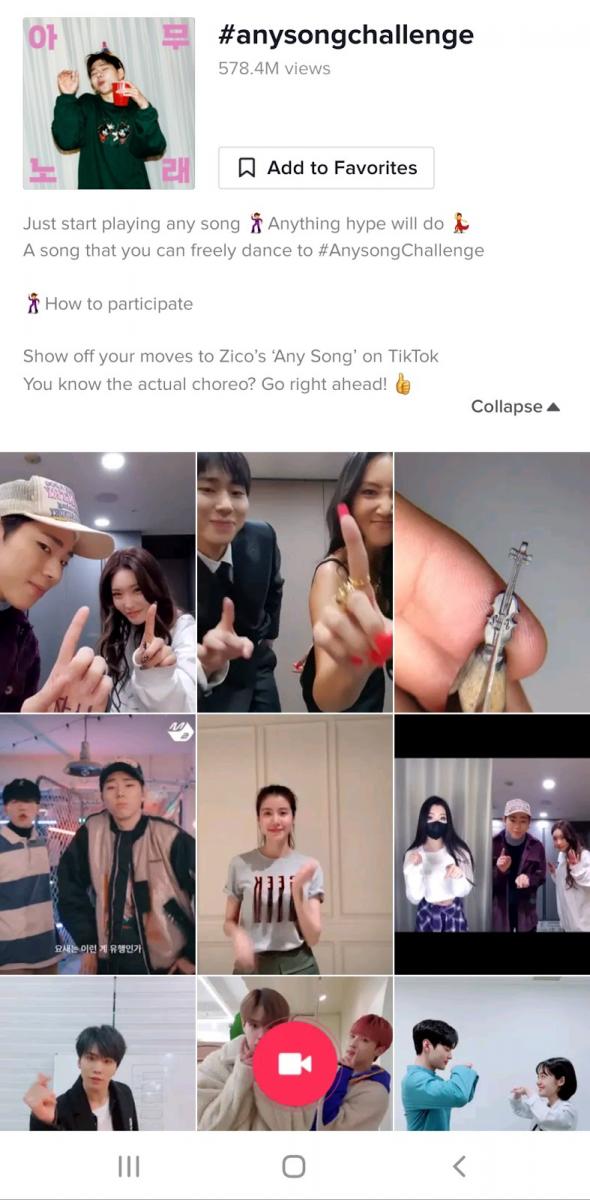
Figure 2: The #AnySongChallenge hashtag and its description on TikTok with a total of 578.4 million views
Why dance challenges go viral
Although the amount of TikTok users had been on a steady increase prior to COVID-19, the pandemic accelerated its growth. TikTok had 315 million downloads in the first quarter of 2020, breaking the record for “most downloads any app has ever had in a single quarter.”
Spending more time at home required people to find different activities to fill their time. TikTok short 15-second to 1-minute nature videos and the app's infinite scroll appealed to people’s short attention spans. Moreover, videos on TikTok cover many different topics, so scrolling through TikTok’s main feed can inform people about various updates. Killing time seems to be one of TikTok’s many charms: it is fascinating how watching short videos can turn into one long trip down TikTok’s feed.
Throughout quarantine, it has been hard to do the activities we normally do outside the house. Being closed off in the same place for a long period of time is stressful for many people and taking part in dance challenges gave people a positive outlet. Dance challenges usually use easier dance moves and thus prevent people from being intimidated by difficult choreography. Not only is trying out new moves fun, but it also gets people to move.
Killing time seems to be one of TikTok’s many charms: it is fascinating how watching short videos can turn into one long trip down TikTok’s feed.
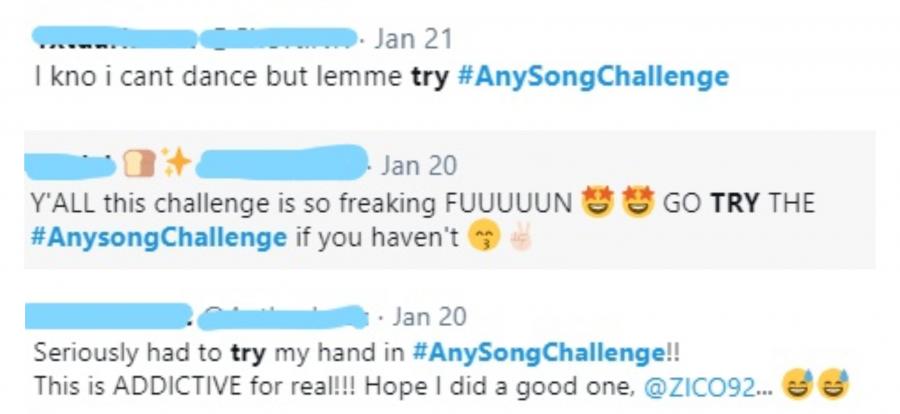
Figure 3: Twitter comments about how “fun” and “addictive” the #AnySongChallenge is
According to a study done on human mimicry, imitation and mimicry “is both a result and facilitator of positive social interactions”, and can also be considered “social glue” (Chartrand & van Baaren, 2009). As people spend time with a limited number of people in their households, or even alone, having a feeling of mutual connection with others is important. As a result, synchronised movements in TikTok dance challenges play a role in people feeling a sense of solidarity with one another online, similar to the synchrony of marching bands and the Māori haka.
Reproducing art
In many ways, songs and choreography can be regarded as art made by artists. As we have seen above with Zico’s ‘Any Song’, TikTok dance challenges are reproductions of Zico’s song with people imitating the choreography.
Zico mentioned that he “started the challenge out of curiosity” and that he was “surprised to see a bigger response.” It was never mentioned whether the choreography was intended for people to imitate, but there are some aspects of the #AnySongChallenge that imply this possibility. For instance, the simple choreography following the repetitive song chorus allows listeners to remember the chorus easily and also allows people with no dance experience to join the challenge.
In this way, the song “becomes the work of art designed for reproducibility” and reproduction is authorised to “meet the listener in his own particular situation” (Benjamin, 2008). People who take part in the challenge can add features and use their creativity to create unique TikTok videos.
Figure 4: A mother and her toddler doing the #AnySongChallenge (@hungry_fam on TikTok)
Those who join in TikTok dance challenges are not necessarily fans of the artists and dancers but also those who simply want to join in the trend. For fans, joining a challenge initiated by an artist may be a way of showing support and connecting with their favourite artists. Doing the same activities as your favourite celebrities can give fans the sense that you personally know them, even if you are only doing the same choreographed moves.
Language usage on TikTok
Apart from challenges, new words and phrases have also been popularised on TikTok, such as “periodt” and “lives in my mind rent free”. TikTok slang can also be regarded as ‘neologisms’, or words and expressions that are recently coined. Indeed, it is not so much the of forming new words but rather of words and expressions acquiring new meanings. With the world being more digitally connected than ever, neologisms can be made not only by people with power but also by your average netizen.
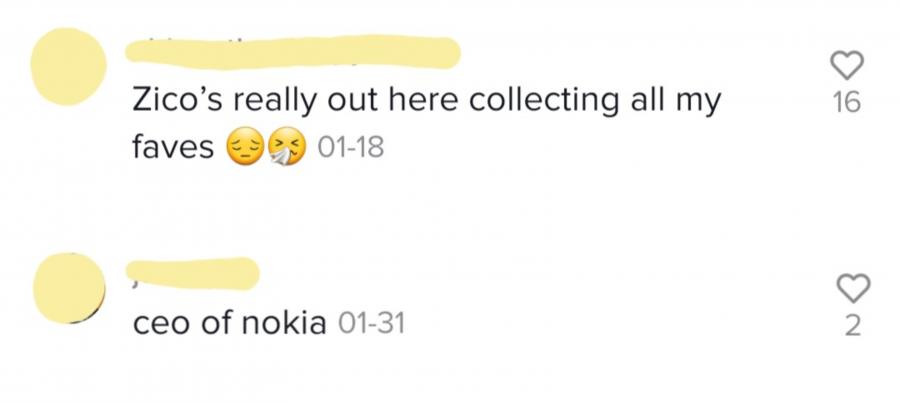
Figure 5: Comments containing neologisms under Zico’s #AnySongChallenge with singer Sandara Park
The innovation of neologisms is a lexical innovation, in which linguistic creativity is “reshaping our ways of engaging with the world.” Having similarities with other people stimulates the feeling of social cohesion and allows people to grow closer to others. Speaking some sort of “new” or “secret” language on TikTok helps people connect with each other - here the term “social glue” can be used once again.
Neologisms can be made not only by people with power but also by your average netizen.
Some comments on TikTok utilise more updated neologisms than others. Under Zico’s #AnySongChallenge videos, slightly older neologisms are used and most comments are compliments. Moreover, people trying the challenge come from a variety of different countries where English may not be their first language. As we can see below, participants come from different countries, but we can see the dominance of Eastern nationalities.
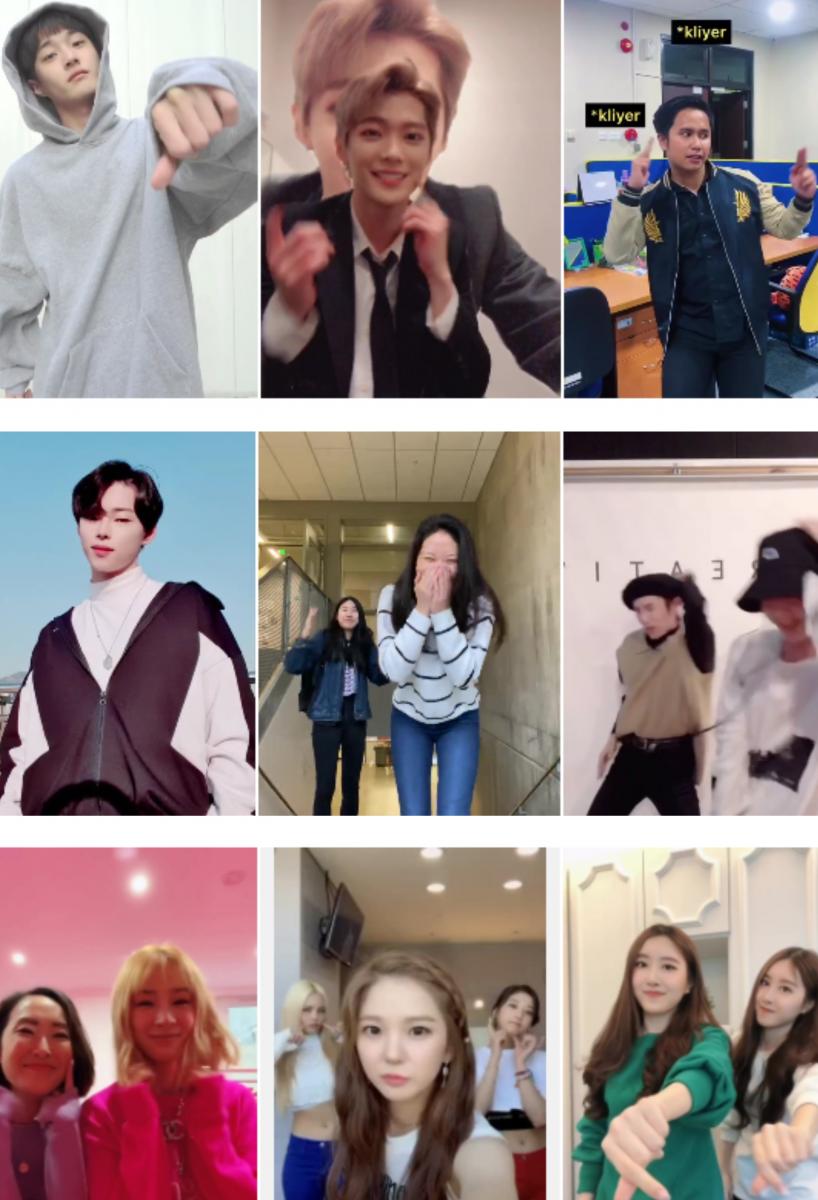
Figure 6: Some participants of the #AnySongChallenge on TikTok
With the rapid emergence of neologisms during the COVID-19 pandemic, it shows that we are attempting to communicate with others and that we as humans need interaction to cope.
TikTok's downsides
Despite TikTok’s positive contributions to society, it is also inevitably accompanied by some negative aspects. First, TikTok’s effortless infinite scroll encourages people to spend hours at a time watching videos, which may eventually lead to addiction. This can disturb people and hinder them from carrying out their responsibilities. The main feed and large variety of videos posted also means that triggering content, such as that addressing mental health issues, can be shown to people without warning.
Bullying is a persistent problem across social media platforms: negative comments and making videos to make fun of others are just some ways bullying can occur. In order to prevent malicious comments and criticisms, people may go out of their way to create their videos, such as doing dangerous and outrageous things for virality and popularity. Although having extreme videos increases the chance of virality, a large portion of TikTok's users are quite young. In July 2020, TikTok estimated that 18 million of its U.S. users were aged 14 or below. This raises concerns about whether TikTok content has been properly moderated and whether videos posted reflect positive values for its users.
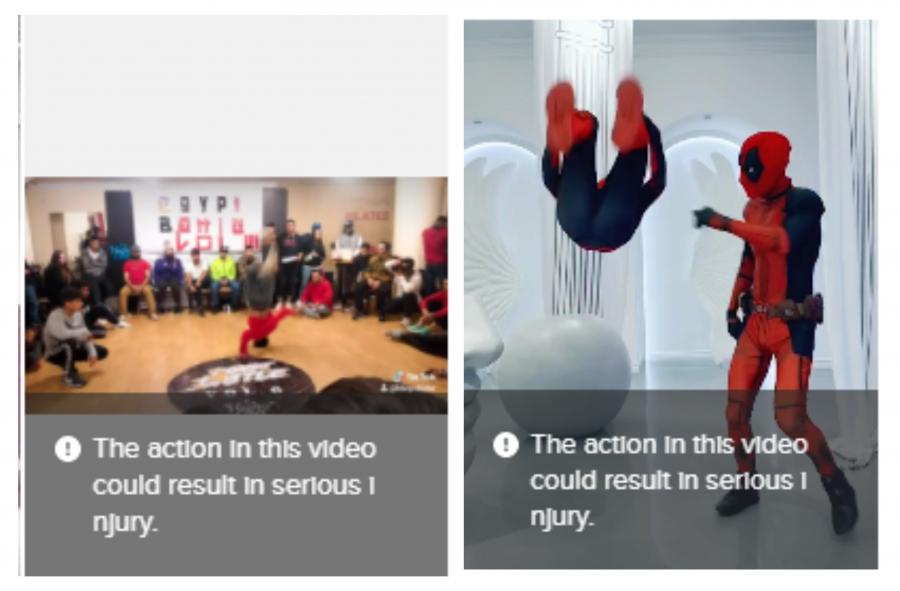
Figure 7: #AnySongChallenge videos that show dangerous stunts show warnings to alert viewers
Are you up for the challenge?
Of course, the #AnySongChallenge was not created to counteract people’s boredom during the COVID-19 pandemic, since the challenge was created before the spread in most countries, as were many other challenges. However, some dance challenges were highlighted during the pandemic.
We have seen how dance challenges on TikTok turn normal people into dancers in less than a minute, and how TikTok has facilitated creativity- be it creativity in video production or neologisms. Furthermore, this article has discussed the notion of mechanical reproduction and TikTok’s possible negative impact.
TikTok is a realm that explores all sides of our existence as human beings and brings to light themes that may seem ordinary to us, but extraordinary to others: these short videos can take on any subject, any language, and certainly, any song.
References
Benjamin, W. (2008). The work of art in the age of mechanical reproduction. Penguin Books.
Chartrand, T. L., & van Baaren, R. (2009). Human mimicry. In M. P. Zanna (Ed.), Advances in experimental social psychology. 219–274. Elsevier Academic Press.